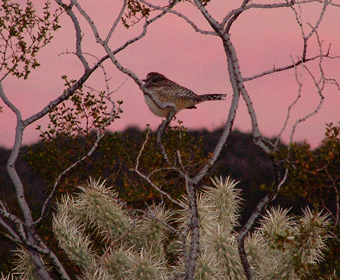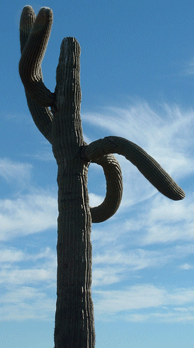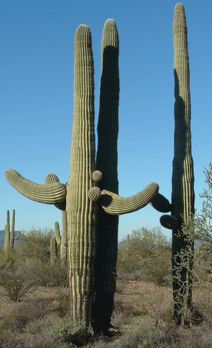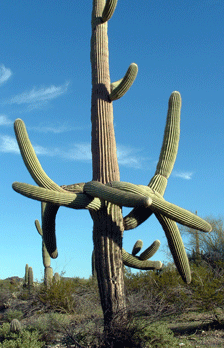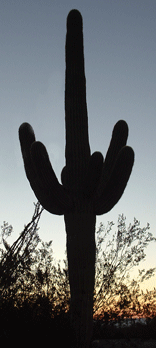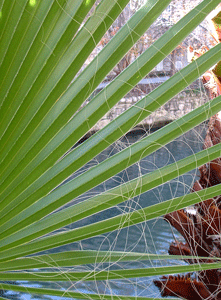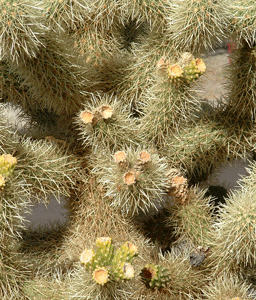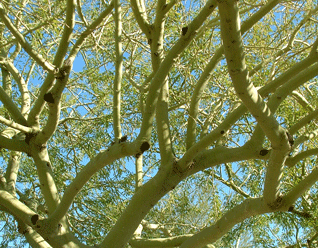Tales of a 21st Century Gypsy
December 21, 2004. The South West Landscape
The south west really isnít anything like the rest of the US. Or at least the parts I know. The landscape out here is stark and dramatic, sometimes beautiful, sometimes oppressive in its openness and lack of vegetation. I thought of the desert as dry, but didnít appreciate that that meant there were no trees or other large plants to block the view. So you can see for miles and miles and miles. And because it doesnít often rain, the sky is rarely cloudy. So itís a landscape of vast open space, blue skies, and overpowering sun. From close up itís sometimes dreary, but from a distance it can be stunning, especially when the evening sun tints the mountains in a rosy glow.
